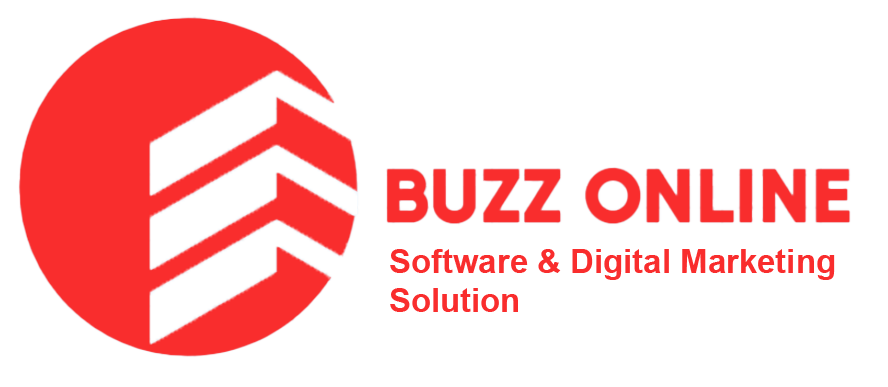![]()

Different Types of Enterprise Systems
Enterprise resource planning, supply chain management and customer relationship management systems are each examples of enterprise systems.
Enterprise System Overview (ESO)
Unsurprisingly, efficient use of Enterprise Computing resources can give your business a big leap Enterprise systems integrate a number of different applications, protocols and formats. In doing so, an enterprise system allows companies to integrate business processes, such as sales, deliveries and accounts receivable, by sharing information across business functions and employee hierarchies. These systems can replace multiple independent systems that may or may not interact with other systems and that process data to support particular business functions or processes.
Lifecycle Management Services
Large-scale Technology Deployments
BYOD-Endpoint Management
Customer Relationship Management (CRM)
Customer relationship management systems were developed to address the need to raise a sales department’s productivity and provide an effective way to increase sales. With CRM functions, such as sales opportunity management, a company learns more about its customers’ needs and buying behavior and combines this information with market information to enhance the quality of the company’s marketing plans and sales forecasts.
Supply Chain Management (SCM)
A supply chain is the collection of people, tasks, equipment, data and other resources required to produce and move products from a vendor to a customer. Supply chain management refers to the management of supply chain activities in an effective and efficient way to provide a company with a strategic advantage.

Enterprise Resource Planning (ERP)
The enterprise resource planning system integrates software applications, such as purchasing, finance, human resources and inventory management. Within an ERP system, the integrated software modules, such as sales, quality management and accounts receivable, communicate and share data. Each of these modules consists of multiple applications that execute end-to-end business processes. For example, the sales module includes the applications necessary to create and manage sales contracts, sales orders, sales invoices and sales order pricing. ERP applications support not only various operational and administrative tasks, such as the creation of an account payable or a time sheet, they may also be customized to support a number of different industries, including oil and gas, retail and banking.
Information Systems in an Organization
Small businesses are chiefly concerned with getting and keeping customers by producing quality goods or services. Business owners are also faced with the considerable challenge of turning mountains of data into actionable information. Information on sales, client lists, inventory, finances and other aspects of your business needs to be carefully managed. Your information systems can also be important sources of insight for growing your business by containing costs and achieving a competitive advantage.


Transaction processing systems (TPS) meet the data collection, storage, processing and outputting functionalities for the core operations of a business. TPS information systems collect data from user inputs and then generate outputs based on the data collected. An example of TPS system could be an online air ticket booking system.
In such a system, travelers select their flight schedule and favorite seats (the input), and the system updates the seats available list, removing those selected by the traveler (the processing). The system then generates a bill and a copy of the ticket (the output). TPS information systems can be based on real-time or batch processing, and can help business owners meet demand without acquiring additional personnel.
Business owners use customer relationship management (CRM) systems to synchronize sales and marketing efforts. CRM systems accumulate and track customer activities, including purchasing trends, product defects and customer inquiries. The capabilities of typically CRM information systems allow customers to interact with companies for service or product feedback and problem resolutions.
Businesses may also use CRM systems internally as a component of their collaboration strategies. As such, CRM information systems allow business partners to interact with each other as they develop ideas and products. Collaboration can occur in real time even when business partners are in remote locations.
Business intelligence systems (BIS) can be complex as they identify, extract and analyze data for various operational needs, particularly for decision-making purposes. BIS information systems may provide analyses that predict future sales patterns, summarize current costs and forecast sales revenues.
Business intelligence systems collect data from the various data warehouses in an organization and provide management with analyses according to lines of business, department or any breakdown that management desires. For example, financial institutions use BIS systems to develop credit risk models that analyze the number and extent of lending or credit given to various sectors. These systems may use various techniques and formulas to determine the probability of loan defaults
Knowledge management systems (KMS) organize and dissect knowledge and then redistribute or share it with individuals of an organization. The purpose of these information systems is to bring innovation, improve performance, bring integration and retain knowledge within the organization. Although KMS information systems are typically marketed to larger enterprises, small businesses can also benefit from harvesting knowledge.
KMS information systems serve as a central repository and retain information in a standard format. These systems can help business owners maintain consistency and enable speedy responses to customer and partner inquiries.
Small-business managers and owners rely on an industry-specific management information system, or MIS, to get current and historical operational performance data, such as sales and inventories data. Periodically, the MIS can create prescheduled reports, which company management can use in strategic, tactical and operational planning and operations. For example, an MIS report may be a pie chart that illustrates product sales volume by territory or a graph that illustrates the percentage increase or decrease in a product’s sales over time.
Small-business managers and owners also rely on the MIS to conduct “what-if” ad hoc analyses. For example, a manager might use the system to determine the potential effect on shipping schedules if monthly sales doubled.
